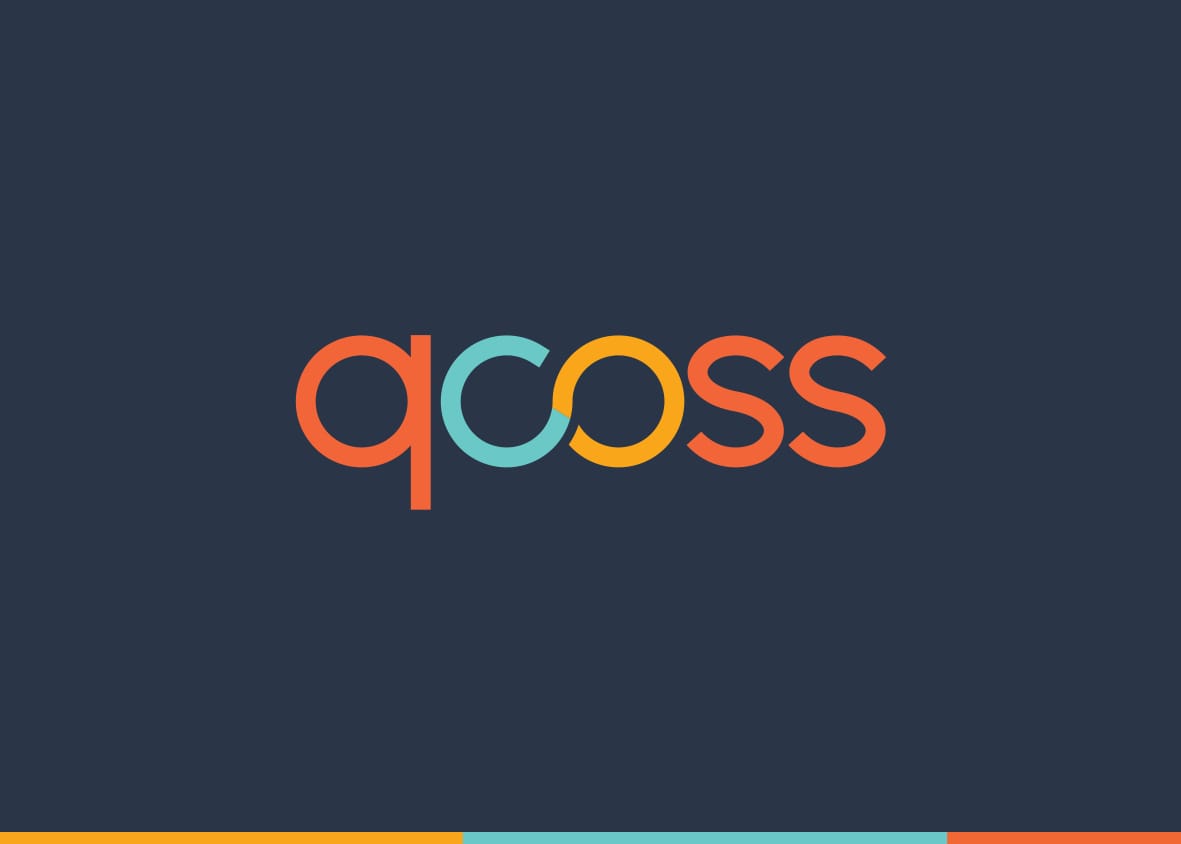South-East Queensland has become the ground zero of the country’s escalating cost of living crisis. More and more families are living from one day to the next, unable to meet a basic standard of living.
The annual QCOSS Living Affordability in Queensland Report, released today found Brisbane led the nation with the highest rent, energy, insurance, and health price increases.
In the last year alone, families are struggling to keep up with everyday costs.
- Fuel – up 13.9%
- Gas and other household fuels – up 12.9%
- Electricity – up 12.7%
- Bread and cereal products – up 10.4%
- Dairy and related products – up 10.1%
- Insurance and financial services – up 8.8%
- Rents – up 7.8%
- Transport – up 7.4%
- Food products – up 6.9%
- Housing – up 6.6%
- Education – up 5.5%
- Health – up 5.2%
Among the modelled households, only one was able to meet basic living costs while the others were in debt or failing to make ends meet.
The spiralling cost of rent, food, electricity, and other essential goods is pushing more and more Queenslanders into poverty.
The cost of housing has risen to 40 per cent of income for most households, despite an increase in rent assistance.
The report found severe shortages of affordable rentals and low vacancies meant the risk of homelessness is now a disturbing status quo for many.
QCOSS CEO Aimee McVeigh says families are making relentless survival decisions in response to the cost-of-living crisis.
“Despite a wide range of concessions and cost-of-living supports being available, not all are sufficient or are readily accessible,” says Ms McVeigh.
“Many barriers are still in place for low-income earners to even access support including reliable public transport in rural and remote areas, access to digital services, and access to healthy diets,” Ms McVeigh warns.
“These barriers have been heightened with the cost-of-living pressures.”
Ms McVeigh said that rent assistance has especially not kept up with skyrocketing rent increases.
“Recent increases in assistance do not compensate for the significant gap between income support payments and average rents in the private rental market.”
“Homelessness and the risk of homelessness is now a disturbing status quo for low-income earners.
“Children are going to school hungry and reduced bulk billing services means their parents cannot afford to seek medical help.
“We are calling for a coordinated response for financial inclusion so that all Queenslanders have access to a basic standard of living.
“We call on the government to raise the rate of income support payments to at least $78 a day to ensure the safety, shelter, and wellbeing of Queenslanders.
“Community services have been walking side-by-side with struggling individuals and families, but a partnership approach to deliver essential services is critical.”
The report found that because of insufficient income support payments:
- None of the modelled households have the income to meet unplanned expenses if an emergency arises.
- Most households are spending up to 40 per cent of their income, despite increases in rent assistance.
- Food stress is eminent – particularly in remote areas- with the rising cost of healthy foods.
- Personal debts have increased.
- Digital exclusion and social isolation have increased.
Prominent advocacy groups supporting the campaign are Act For Kids, St Vincent’s De Paul, 54 Reasons, Aboriginal and Torres Strait Islander Legal Service, Carinity, Anglicare SQ, Anglicare NQ, Anglicare CQ, Relationships Australia QLD, Act for Kids, YMCA Brisbane, and Meals on Wheels.
The Living Affordability in Queensland Report is part of an annual study undertaken by QCOSS, in collaboration with its member organisations, which models the expenditure and income of sample low-income households.



